The ability of computers to take care of regular tasks that otherwise need human intervention is termed the theory of artificial intelligence. The tasks include visual perception, decision-making, speech recognition, and translation.
Also, in 1950 John McCarthy did define the term Artificial Intelligence as – the use of engineering and science to curate machines that are intelligent. Over the years, artificial intelligence’s terms, meanings, and relevance have undergone a huge evolution. And there are multiple types of artificial intelligence that you will notice in the modern day. However, not all have similar intent, and there are differences in the action of use.
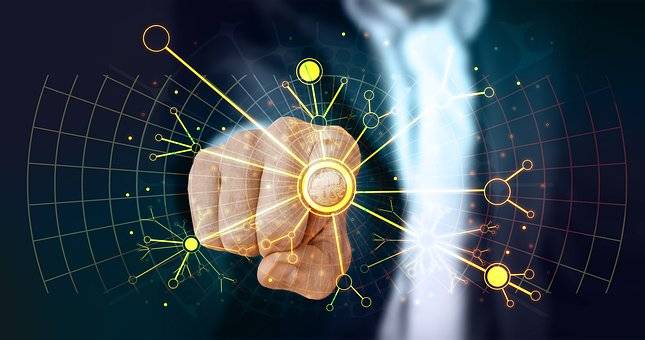
So moving on, let’s look into the game of AI artificial intelligence and how it is getting strong with the various innovations around the globe.
AI is now able to write essays:
The latest of all we have is Chat GPT. It is an AI tool capable of generating paragraphs and essays with human-like intellect. The particular language model did receive proper training from a massive dataset of prewritten works available on the internet.
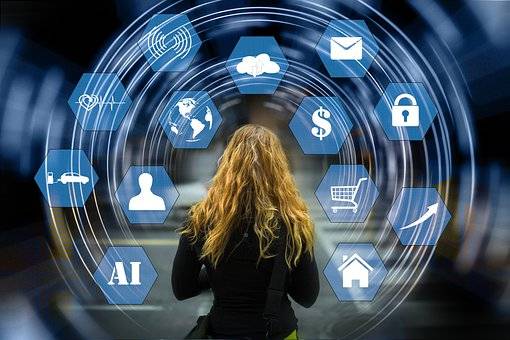
Launched on the 30th of November 2022, Chat GPT is already trending on the internet. There have also been a number of controversies involving the same, and the list is quite on the stronger side.
But moving on, Chat GPT has a lot to offer and is quite interesting, besides being the first of its kind. This far, it was all about AI assistants like Bixby, Siri, Google, and Alexa offering links to relevant sources. Now, for the first time, an AI can find real answers to a question. And it can be anything and everything. Starting from writing codes to finding historical events related to your search queries.
AI can decipher words or speeches from the human brain:
Meta is helping thousands of personalities who cannot communicate with their speech, but how? Remi King and his co-workers did train a computational tool, detecting words and related sentences through a span of 56,000 hours from 53 languages. The tool gets its name as a language model and can recognize particular language features in detail.
Moving on, the team did come up with an AI settlement understanding the brain activity of the volunteers from four different institutions. The participants were made to listen to sentences and short stories. Then the technique of magnetoencephalography was used to scan the brain.

Finally, using the computational methodology, the team did try to get their hands on data indicating the real thought of the participants. Three seconds of brain activity, and the AI did give its best, aligning story recordings with that of the brain. As a result, AI can predict a person’s thoughts.
Overall, the latest study is still in its initial form and has a long way to go. It is all about “decoding of speech perception rather than production.”
Artificial intelligence can detect people within anonymous datasets:
The particular study is based on the interactional behavior of individuals, its stability, and how the same can be relied upon to carry on with identification techniques among anonymous datasets.
The research suggests that humans tend to socialize in certain ways enough to segregate them out of otherwise anonymous datasets. A data-based neural network from an unknown mobile phone service was kept under monitoring for fourteen long weeks. The data did include the time, date, type (text or call), and duration of interactions by individual parties. Further, the user-specific interactional data did get organized into secluded data structures (web-shaped) comprising nodes as a representation of the user and contacts.
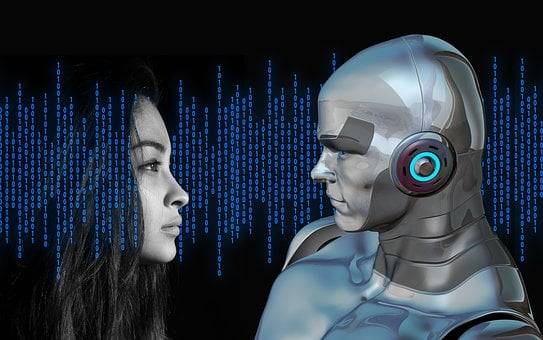
Now the real catch for the AI, the researchers made it learn the interactional details of a particular person and then set out to find the closest resemblance. This time they were moving across the web of information collected earlier.
The AI was able to identify and link 14.7% of individuals with the target’s phone information. The number did increase to 52.4% when contacts were also included. Now, when the entire process with contacts was again repeated 20 weeks later, the AI did identify 24.3% of the target group. With this, one can come to the conclusion that social behavior does continue to be the same for a longer time period.
AI can recognize smell:
It is the art of the neuromorphic AI which can smell off other AIs more than a nose. The latest innovation can recognize smells and keep learning new ones without forgetting about the old. The base of the same lies in the neuromorphic structure, resembling a mammal’s brain’s neural circuitry.
This type of technology is capable of detecting faint signals with too much noise in the background. It can monitor air quality, medical diagnoses, and toxic waste identification someday.
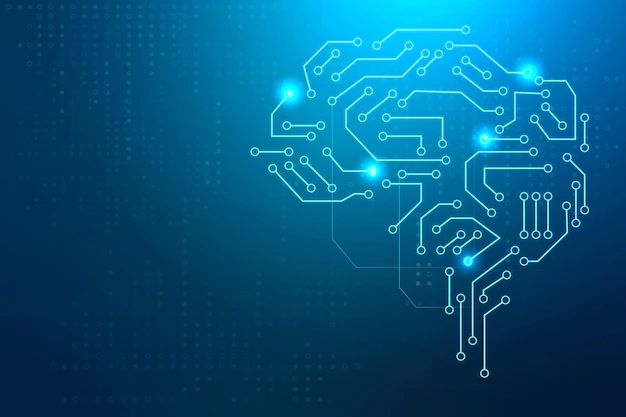
Now, the real question is how does it make it all possible? The AI intakes readouts of electrical voltage directly from the chemical sensors of a wind tunnel. The latter is exposed to various scents like ammonia or methane. When the AI sniffs, a completely new smell cascade of electrical activities gets triggered within the nerve cells. Thus making the system remember the smell for future use.
The entire setup is relevant to the olfactory setup in the mammal’s brain, with the neurons having a design appropriate for reaction to inputs under timed pulses. The brain-themed set-up does make neuromorphic AI a hit among the rest. Also, it is quite fast and can sniff a particular smell and remember it among a heap of others unknown.
Artificial Intelligence helping with archaeological inventions:
The researchers at Yamagata University and IBM Japan did come together to tap into the past. They can add to the collection of 2000+ Nazca Lines. The particular excavation got into depicting plants, animals, geometric patterns, and fantastical beings.
However, it is genuinely difficult to state glyphs; here it was, an AI was making things possible. The team did train an AI to secure aerial maps, photos, and other essential data of the Peruvian landscape.
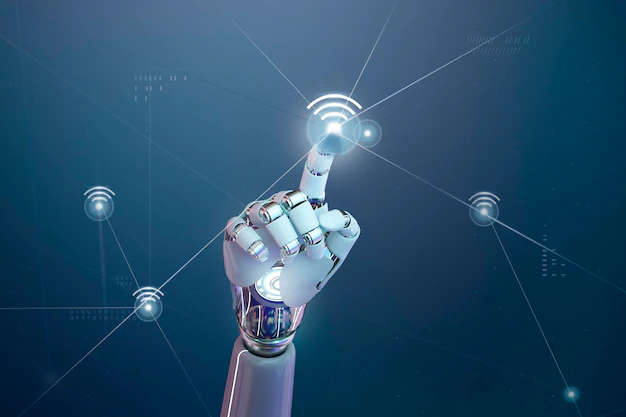
What they did was, make the AI go through and learn the drone and satellite images of the glyphs (already known). Now the AI did its task with the finest of accuracy, identifying 500+ glyphs across the terrain. On reaching the place in person, the team did confirm the presence of the archaeological relevant. The researchers plan to utilize more powerful AIs in the excavation task and see through the remains of the Earth with accuracy.
So that was all, AI expanding its reach throughout the globe. From movies to real life, the transition is huge and worthy of notice. However, with everything getting automated and easily accessible, manual tasks might be at risk. But only the future can help with the essentials on that matter. Until then, all you need to do is sit back and experience the latest innovations.



